No-Code Development: What It Is and How to Start Building Without Code
Advertisement
Software development is becoming simpler for non-coders because of no-code creation tools. Business owners, marketers, academics, and artists may create working applications without coding using no-code choices. This modification helps non-technical folks make digital replies. Time and money are saved, and creativity is increased. The topic of this blog article is how to develop applications without coding.
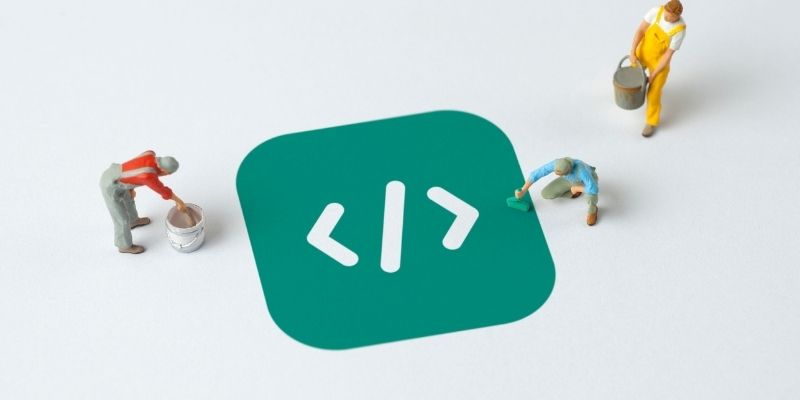
Explain "no-code development."
No-code development technologies help people create applications, websites, and procedures without coding. These platforms simplify digital product creation using drag-and-drop pieces, pre-built themes, and visual development tools. Without coding skills, people can't create their own computer solutions. Eliminate that requirement.
No-code graphical user interfaces allow people to develop systems, link third-party services, create user interfaces, and perform business functions. This modification allows non-JavaScript or Python developers to assist in development, boosting creativity and productivity. No-code development handles several tasks that were previously reserved for experts. It may create a basic website, mobile app, or automated app.
No-code platforms are growing because developers want to work quicker and easier. To compete, businesses must swiftly build, iterate, and deploy applications and solutions. No-code systems allow this. For startups, small enterprises, and large corporations that seek to simplify, no-code programming has altered operations.
No-Code Development History
Programming without code isn't new. Microsoft Access was the first no-code database builder in the 1990s. Recently, "no-code" has grown popular due to cloud computing and the requirement for adaptable programs.
As cloud technology improved and became cheaper, organizations created no-code solutions for increasingly complicated use cases. Graphic drag-and-drop tools, pre-configured themes, and sophisticated linkages made no-code technologies capable of producing basic websites and business applications. Wix, Shopify, and Webflow made website creation easier, while Zapier and Integromat let non-coders automate business procedures.
Low-code systems aid no-code programming. No-code and conventional writing are used in these solutions. This provides engineers greater flexibility while enabling business users to design and alter programs. This trend allows firms to swiftly add digital items without employing computer experts.
The Benefits of No-Code Development
People and businesses that want to make apps but don't want to waste time and money on traditional development methods can use no-code development. One of the best things about it is how quickly you can build and launch apps. With drag-and-drop and ready-made themes, you can make an app or website that works right away in hours or days.
One more benefit is that costs go down. It may be expensive for companies and small businesses that don't have a lot of money to hire skilled coders. No-code platforms make it cheap and easy for people to make complicated apps, which frees up resources that can be used for other jobs. Using many no-code goods and subscription-based prices, businesses can grow without having to pay a lot of money up front.
No-code creation makes things more flexible. Changing an application in traditional software development takes a lot of work and teamwork. No-code systems make it easy for users to change the look, function, and processes without having to hire coders. Using this quick version is helpful when things are moving quickly and companies need to respond to customer comments and market needs.
Lastly, no-code creation makes people more creative. By lowering the technological barrier, more people can try out their ideas and come up with answers. This lets people with different skills help move things forward and encourages new ideas. This helps businesses make new products and services faster, which gives them an edge over their competitors.
Popular No-Code Platforms
Many no-code solutions serve a variety of users and scenarios. Some build websites and applications, while others automate or integrate systems. Popular no-code platforms include:
- Many people enjoy Wix, a no-code website builder. Its drag-and-drop interface enables anybody to build websites. Hosting and designs, Wix provides everything you need to develop a stunning website without coding.
- Webflow is a no-code solution for creating user-editable webpages. Due to its no-code interface and bespoke code, Webflow is popular with powerful designers.
- Bubble: Bubble is a complicated web app developer without coding. Drag-and-drop builders, visual database tools, and logic approaches are options. Bubble is used for creating sophisticated products like marketplaces, social networks, and SaaS systems without coding.
- Zapier lets consumers link web applications and automate tasks without coding. Zapier simplifies Gmail, Slack, and Google Sheets integration.
- Adalo: Code-free mobile app maker. Its drag-and-drop approach allows iOS and Android app development. Adalo handles databases and logic well, making it ideal for full-featured mobile applications.
- Airtable combines spreadsheet and database functionalities. It manages projects, stores data, and creates basic applications. Airtable's no-code interface simplifies data organization and presentation, and its connections automate and manage activities.
Start Building Without Code
No-code programming isn't impossible. You must first select what sort of software or service to build. Creating a website, smartphone app, or automated business procedure. You may select the correct tool after you know your goals. Many no-code sites offer free trials before charging for a full membership. Start with simple activities like constructing a website or automating platform testing. Tutorials, themes, and group boards are on most sites.
If your task is sophisticated, the site may take some getting accustomed to. Most no-code tools are straightforward to use, so learning them takes little time. As you master the platform, you may tackle harder tasks and learn about custom logic, connections, and automation.
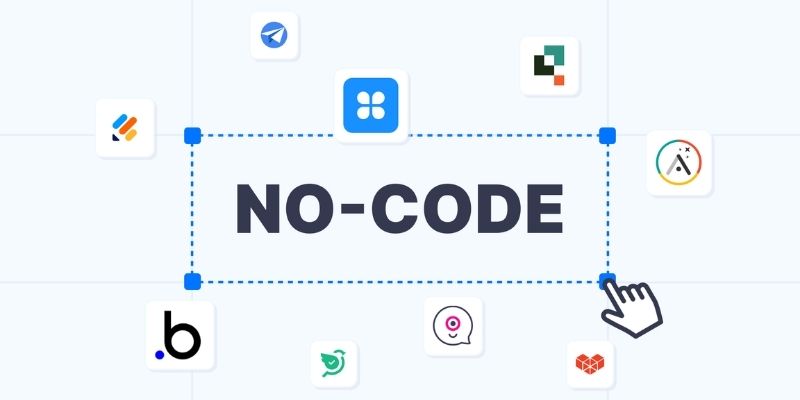
Problems with No-Code Development
No-code programming offers pros and cons. No-code approaches may be less versatile than writing. Many applications can be built using no-code technologies, but sophisticated features and modifications may need conventional programming. Scalability may be an issue for no-code solutions. No-code solutions may struggle with massive data and sophisticated procedures as your project expands. Sometimes you require a particular tool or creator to improve your app.
Finally, no-code approaches are simple but need training. Some individuals utilize tools without understanding their advantages or operation. Spend time learning about the tool's limitations to prevent frustration.
Conclusion
Without coding, anybody can develop websites and applications using no-code programming. This provides companies and individuals with new options. Simple technologies let non-technical individuals manage digital initiatives and realise their ideas. Fast, cheap, and free, no-code development has several advantages. However, knowing its limits and when bespoke writing is required is crucial. No-code tools are great for small company owners, marketers, and artists who wish to create digital solutions without coding.
Advertisement
Related Articles

JetBrains to Retire Aqua IDE Due to Low User Adoption and Feedback

Which Is Better for Your Team in 2025: Asana or Monday?
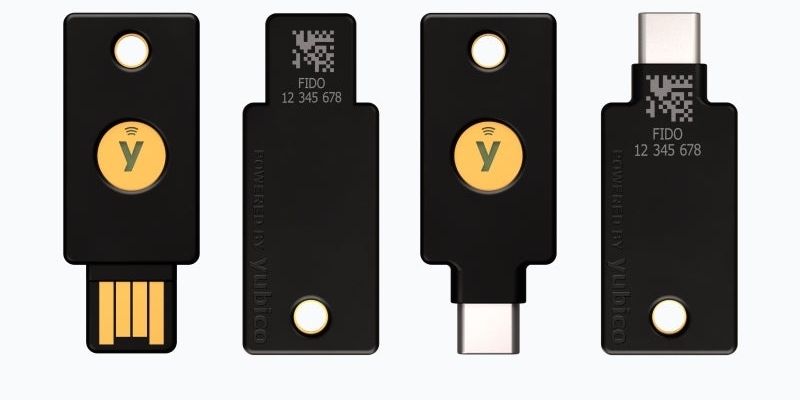
YubiKey Explained: What It Is and How It Works
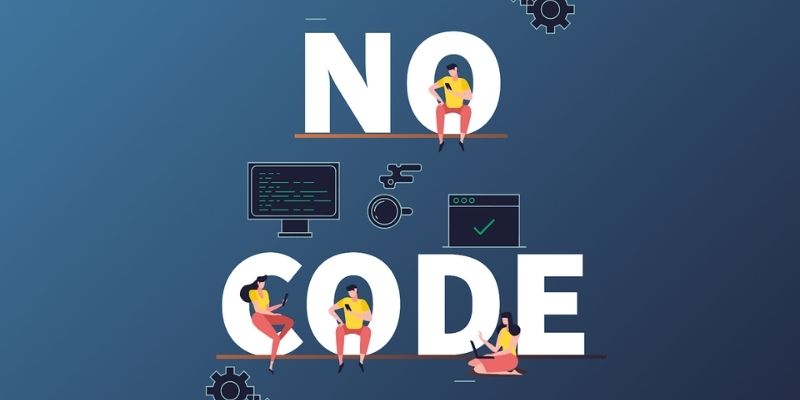
No-Code Development: What It Is and How to Start Building Without Code
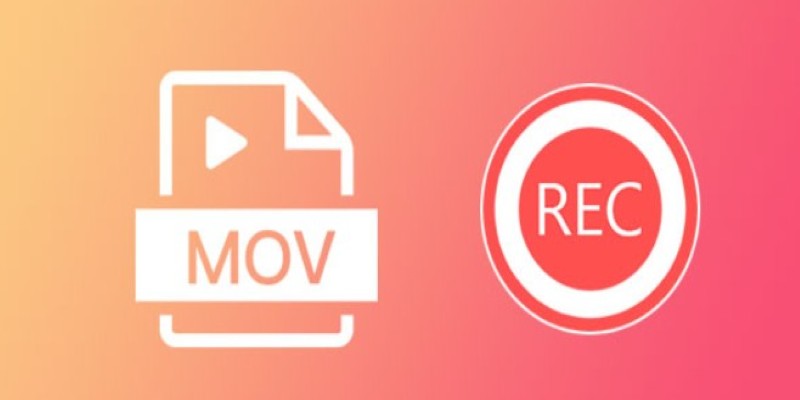
8 Best MOV Recording Software for Windows Users
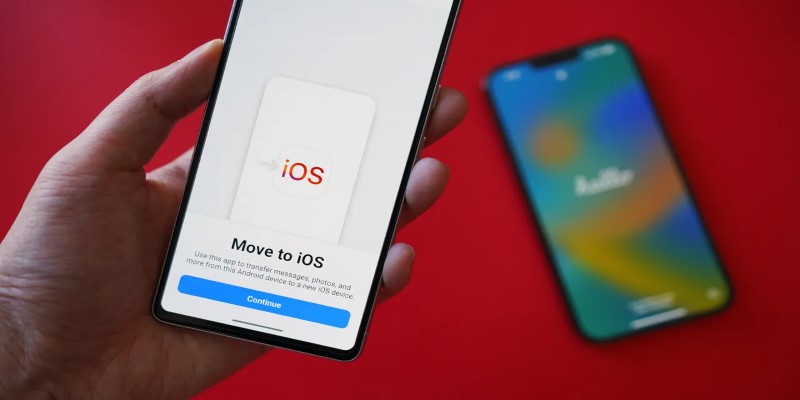
How Can You Transfer Data from Samsung to iPhone Easily?

What Is Bluesky and How Does It Stack Up Against Twitter?
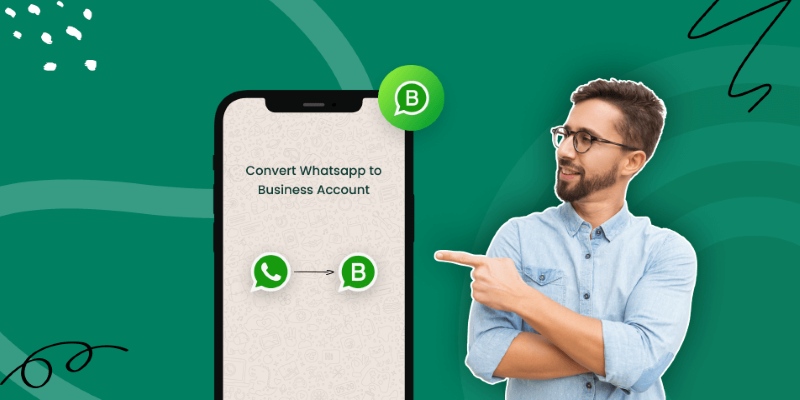
How to Change WhatsApp to Business Account Without Losing Data
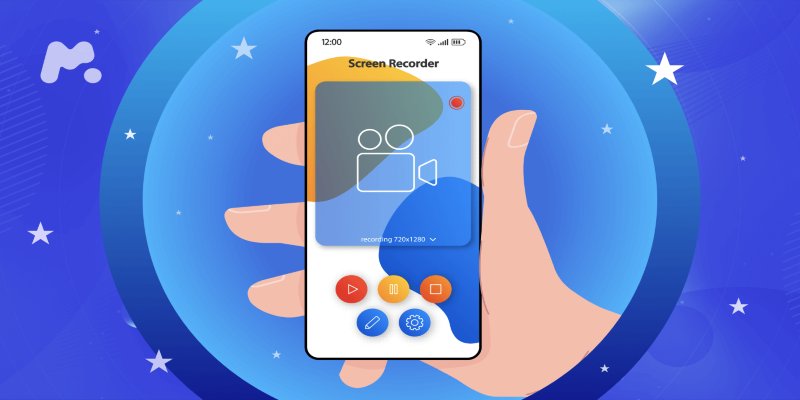
Capture in XviD: 8 Apps That Make It Easy and Efficient

Top 5 Benefits of Using Social Intents for Support

Top 3 Google Tools for Better Communication

 novityinfo
novityinfo